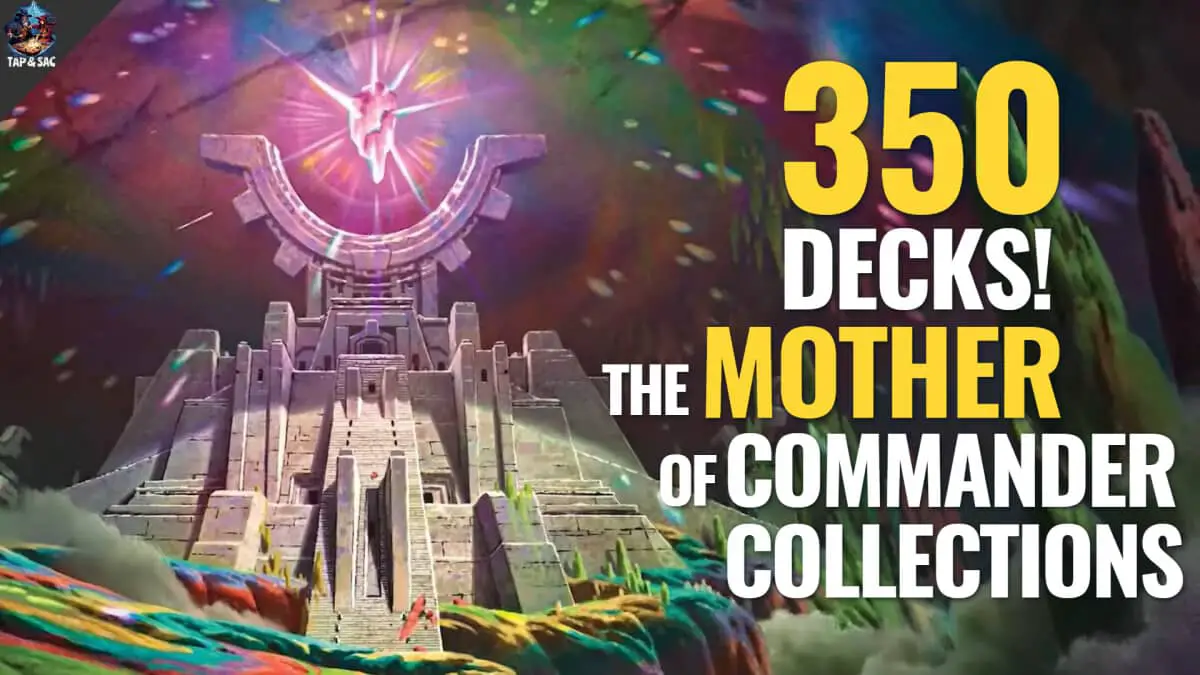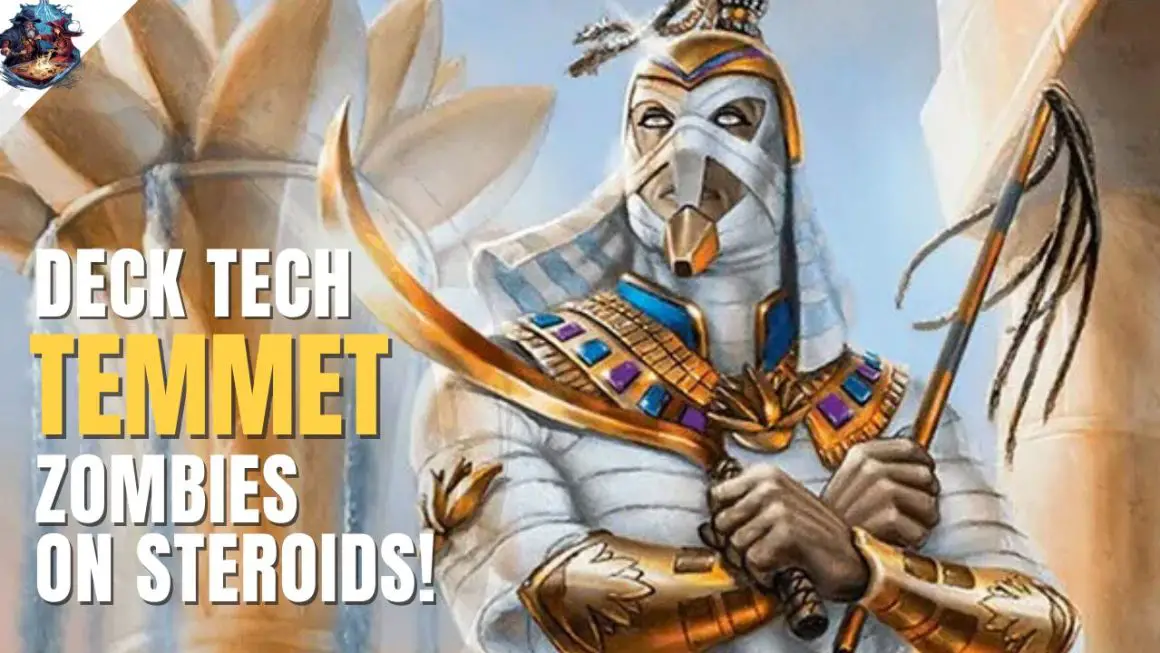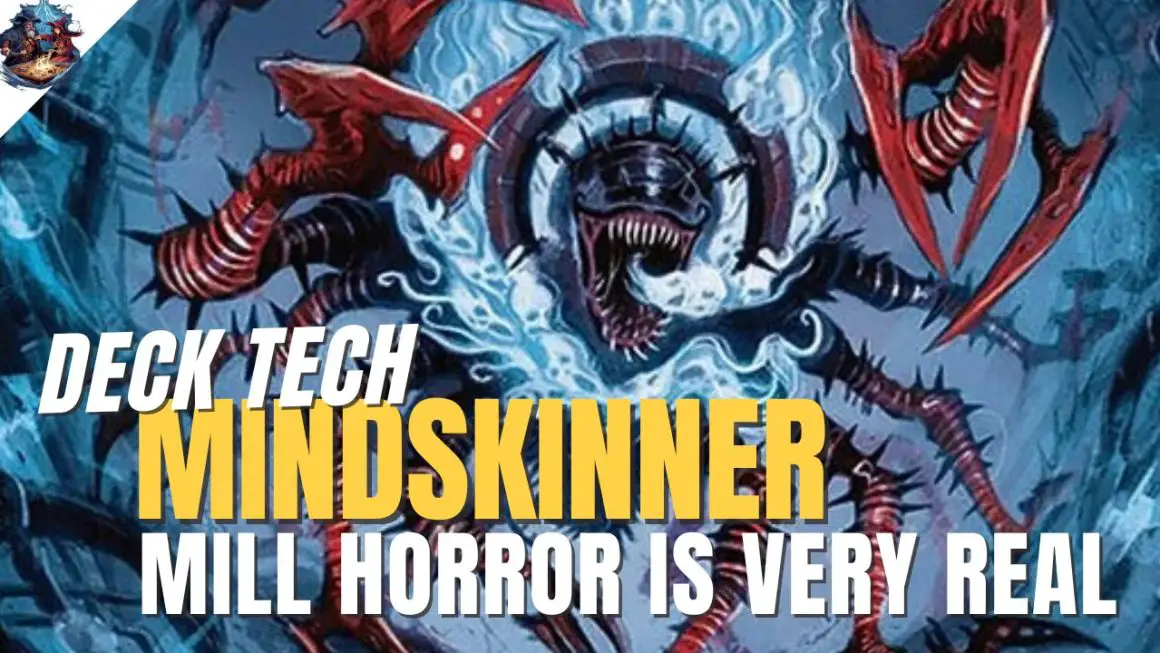It’s All About Perspective: How Many Commander Decks are Enough?
“Perspective” is a funny word. When the air temperature is ninety-five degrees Fahrenheit outside, seventy-degree air blowing out the A/C vent in a car on a hot summer’s day feel refreshing, but when it’s winter and the outside air drops to fifty-five degrees out, that same seventy-degree air is now warming those cold hands that are outstretched, trying to warm up.
I bring this up because of the conversations I hear among friends I play with, among the casual pods of Commander I partake in, about how many Commander decks they own and how many decks are too much vary. Sometimes it is anything more than five or six. Other times it is any amount that cannot fit in a large travel case.
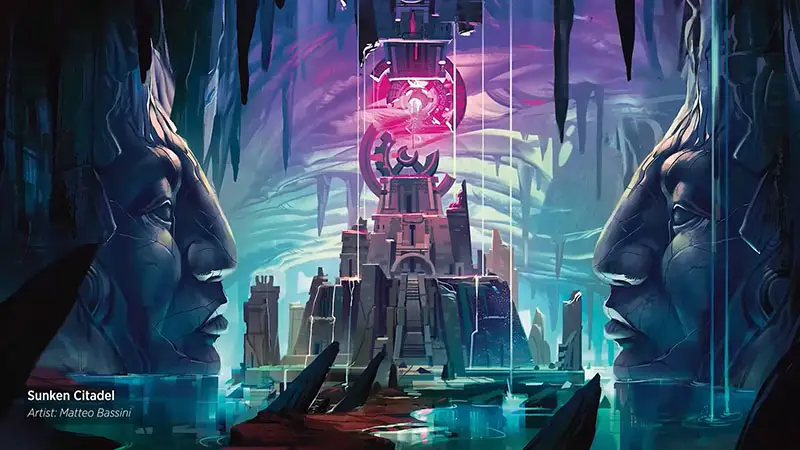
A couple of my friends laugh and snicker as they have been playing as long as I have, almost 30 years. These friends have five or six long boxes of Commander decks, each storing five or six decks. These boxes are cardboard: classic, flimsy, usually written on and/or are covered with stickers and unfortunately, not waterproof (don’t get me started, that story is for another day).
I bring up the topic of perspective because I usually stay quiet in these conversations. I am notorious among my peers as the borderline fanatic who builds and owns more Commander decks than Keith Richards owns guitars or Carl Sagan has turtlenecks.
It is almost a compulsion for me to keep building, similar to how some guys like to keep getting lift kits for their Toyota SR5’s pickups or that scene kid with too many limited-edition Vans. It has gotten to a point where for a long time, I didn’t know whether it was a point of pride or embarrassment. I have gotten better with how I perceive it, and today am proud to share how I came to build my 350 Commander deck collection.
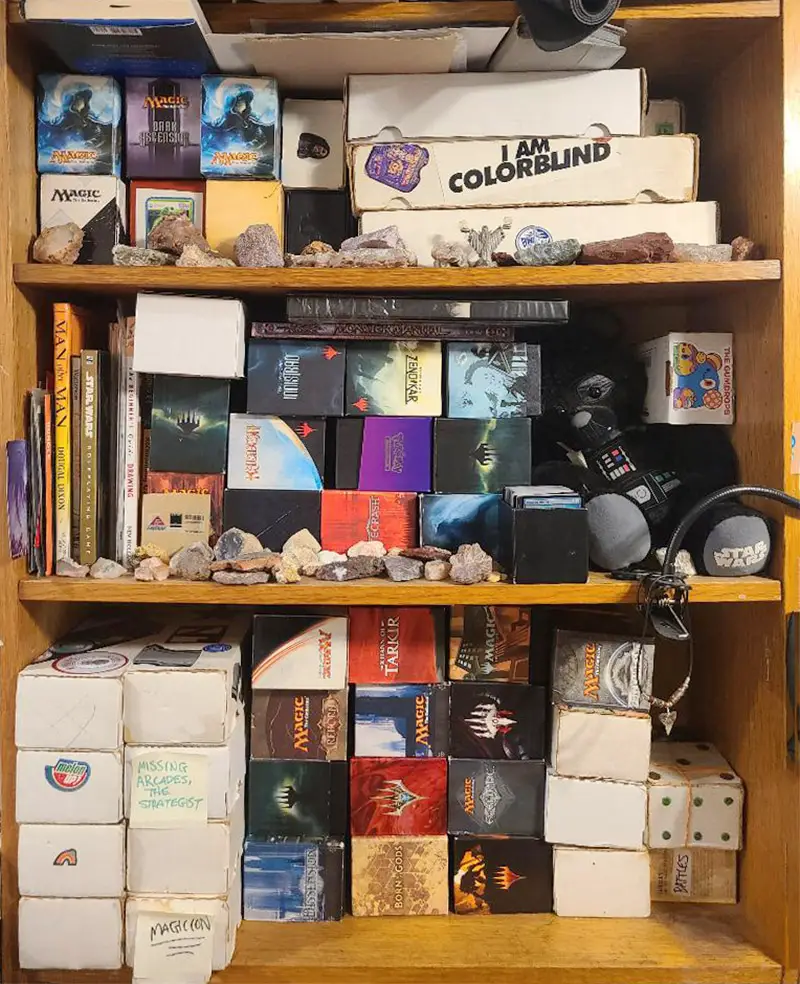

Deck Designing for the New Millenia (This Ain’t the 90s Anymore)
I always had a digital notepad on an Android phone to keep notes. It didn’t matter where I was or who I was talking to, if I had an idea for a deck, it would immediately go into the notepad app. For six or seven years I kept at it, trade or buy cards, then build a Commander deck. I built a new deck maybe every other month or so, a pretty fast feat compared to most friends. In those six or seven years, I had around 50 or 60 decks.
That was just for deck ideas. When it came to the actual building of the deck, I was in the dark ages. There weren’t dedicated apps and websites to keep track of your deck builds, that can be connected to your collection, your trade lists or your current trades that are in progress. I had to do things the old-fashioned way… use a notepad and make a three-column layout. Column one was for creatures. Column two was Instants and Sorceries (always were in the same section) and Enchantments, while column three was Artifacts then Lands. That was the peak of the tech I used for deck building.
I still use the three-column approach now, but it’s essentially for the purposes of the brainstorm. I scribble notes, cut cards with scribbles and cross-outs, use tally marks for counting, take note on the tokens needed and write down any other pertinent information. When the deck is ready to be built, I use either Moxfield of Archidekt, for when I share on social media or other articles, depending on what the preference is preferred.
The Art and Science of Deck Building
To me, deck building is an art in creativity as well as a form of scientific experimentation. Just as collage is an art, where one takes random images and pieces them together into a coherent idea or image, I see deck building as the same thing. This comes back to perspective; how I see myself as an artist.
I take individual pieces, or cards in this case, and see how they synergise together. In a way, this is also like chemistry and experimentation. Sometimes I get results I wasn’t aware of, such as an unforeseen infinite combo or the other end of that spectrum, a nombo (two or more cards that not only do not synergise, but work against each other).
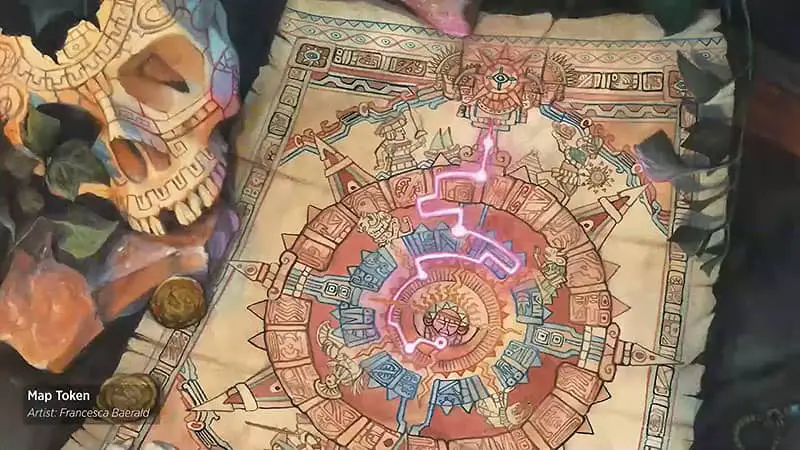
Deck creation is a science in a sense also. There is a hypothesis: the deck design. And there are the cards, which act as the ingredients, or chemicals in an abstract perspective (there’s that word again!). The experiment of all of the chemicals getting mixed together is when I take the deck out into the wild, into an environment where I’m not working with hypotheticals.
Like any formula that is being tweaked, I can then see where the weak spots are and research how to stitch them up. For me, deck building uses both sides of the brain, the scientific, rational, left side and creative, artistic right side.
Keeping ideas fresh and unique started really simple in the past after Wizards of the Coast (WotC) had the great creature type update. As mentioned in my first article, that gave me a chance to put the tribes together in each color. I created a 60-card deck for each tribe, for each color. Some tribes bled into other colors.
By studying each color and where they fit in the color pie of each color’s personality and goals, I was able to take a tribe and build a different goal around it. A white knight deck was about protection and defense while a black knight deck was about discard, life-drain and other black themes. Then I found the middle ground: a black and white knight deck could be about reanimation and the first strike keyword.
These were basic, simple designs. Now take this simple concept and apply that to each tribe, each keyword, with different goals such as land destruction, bounce, flying, landwalk, and so forth. Remember, these were just 60-card decks.
Growing the Collection Beyond 50 Commander Decks
Over time, the deck designs got more intricate. Black and blue would synergise with blue’s bounce and black’s discard. Red’s burn and blue’s counter Magic became the control of counter-burn. Green’s fast mana and large creatures with red’s large creatures and multiple attacks. More and more Artifacts were created with colors in them, opening up more interesting synergies with blue, black and white.
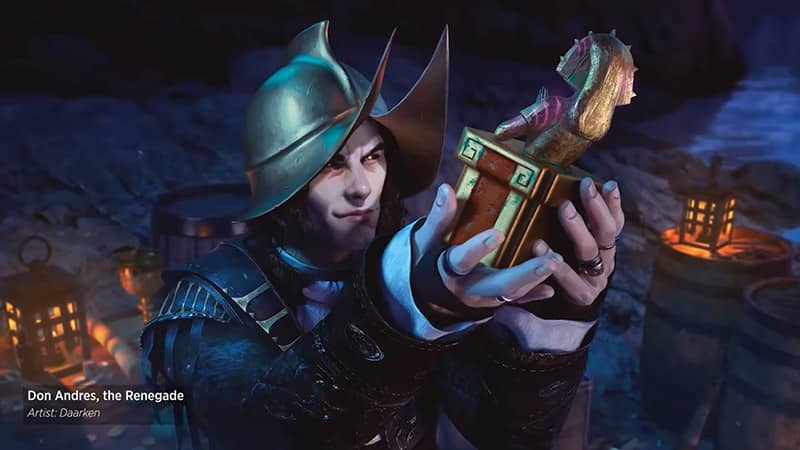
As I was coming into the Elder Dragon Highlander (EDH) fold, all of the Legendary creatures from the past were starting to get popular. With each Legend came specific builds that played around tribes that were previously released for the tribal-themed sets of the past, like Onslaught with the soldiers, elves and goblins; Kamigawa with samurais, ninjas and snakes; or Lorwyn block with the merfolk, elves (again), kithkin and giants.
Why I Don’t Break Down the Old Decks for New Ones
Here’s a little history lesson related to why I insist on keeping all my decks intact. My older brother would usually take off with family friends, usually without me to go play, explore, or find the typical trouble kids get into. No matter how banal the day went, he always came back excited, going right up to me with vigor, saying “Justin! You wouldn’t believe what you missed!”
He would then spin a yarn about the trouble or mischief I could have enjoyed had I been around. That he went looking for me to join him (even though he most likely didn’t look at all for me). He just wanted to see the jealousy in my eyes, the thirst for an adventure I missed out on. It was his way to torment his younger brother (he was only one year older, but he got his kicks anyway he could, even at my expense. Don’t hate him, brothers will be brothers. We have a great relationship now).
Over time, this manifested itself in a fear of missing out, or as the Zennials these days call it FOMO. With that being a deep part of my personality, I learned early on to not take apart a deck. There might be a new card, a new set, or even a new, better, shinier Commander around the corner.
To this day, I have kept 99.9% of my Commander decks. I believe I have only ever taken two apart. One just didn’t work the way I planned it to and another just fell apart when I completely misunderstood how to use the Commander.
Shooting to 200 MTG Commander Decks
As mentioned in my story of how I left and came back to Magic, I took apart the plethora of 60-cards deck during the Covid-19 pandemic. It wasn’t hard to make the jump from 50 or 60 Commander decks to the ballpark of 170 to 200 decks.
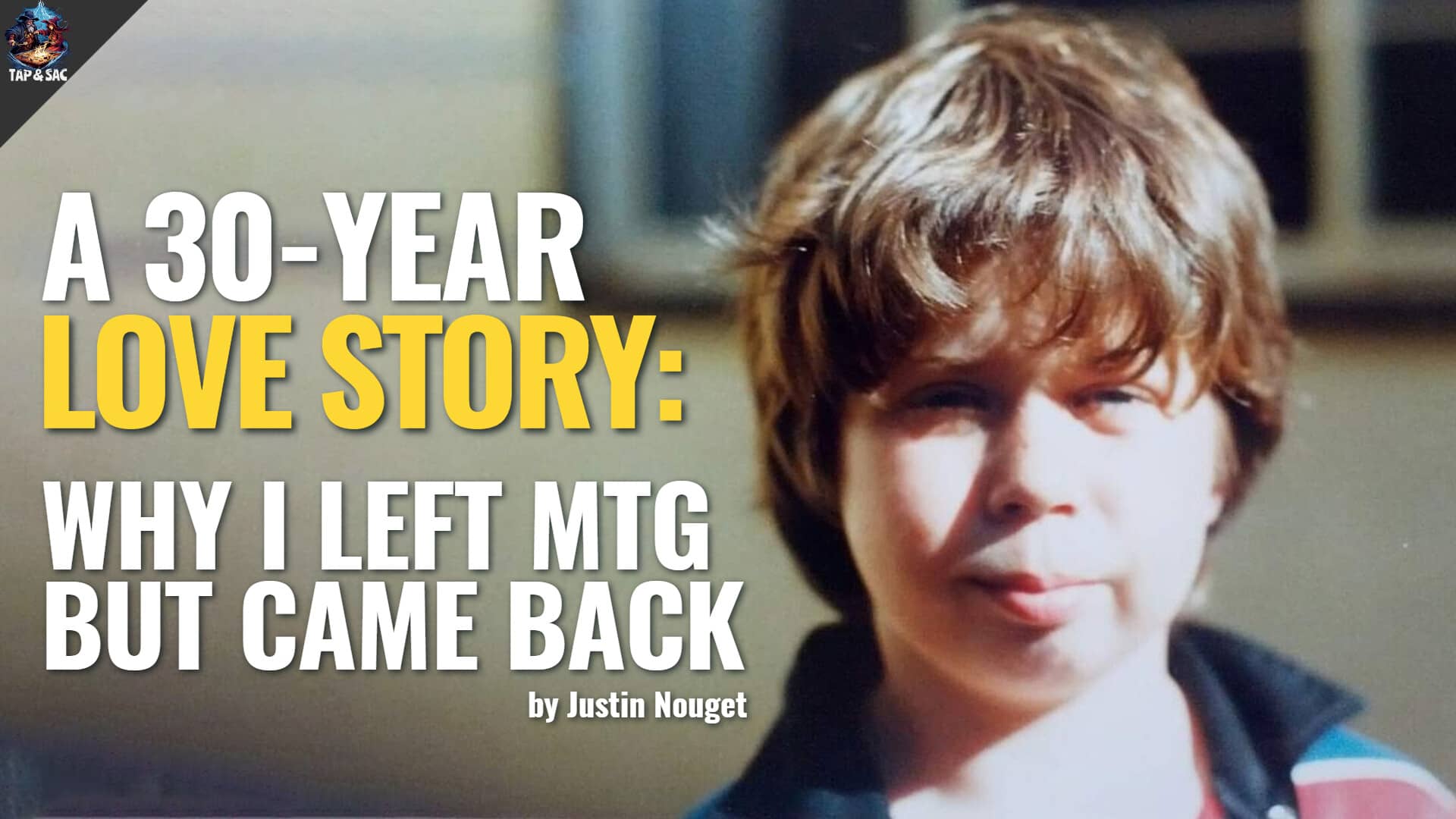
Most of the decks were effectively built by themselves! I only need one copy of a card in a Commander deck, so with a trade binder filled to the brim with multiple powerhouse cards like Doubling Season or Jace, the Mind Sculptor (which was still a $100+ card then), I had all the ammo I needed to trade with friends locally to make the transformed Commander decks a reality.
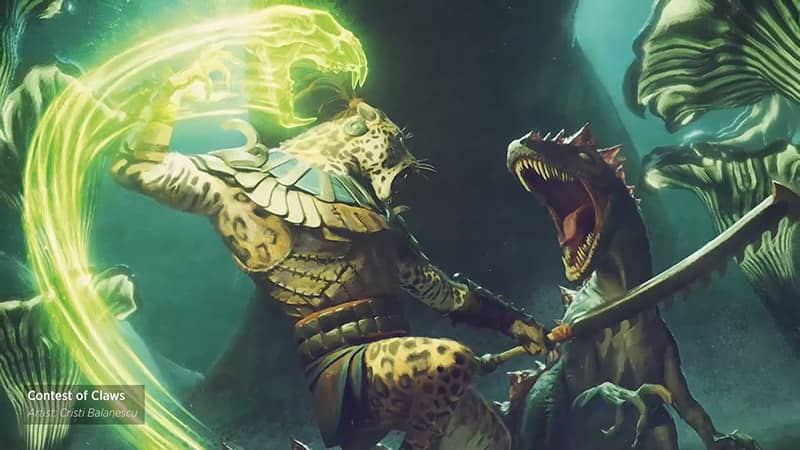
I also had all of the time in the world to really fine tune all of the decks. It was still the pandemic and Puca Trade was in full swing with a lot of people in lockdown. I had a lot of cards to send out, time on my hand and an amazing app I learned of called MTG Familiar and other online communities, such MTG Salvation and MTGNexus, as well as just-budding Discord groups.
The resources were plenty, so I began brewing like a madman with resources beyond what the average bear would have. With a steady flow of government cheese, I was able to buy the shipping supplies, the sleeves, deck boxes and the occasional singles that couldn’t be picked up in trades.
This went on for a year and a half at a steady rate of seven to eight Commander decks per month. That’s around 130 or so Commander decks in that period of time. That was the fastest jump in such a short time frame.
Things then slowed down to about four to five decks a month when three things happened:
- Puca Trade called it quits in 2021, so the pool of traders shrank considerably.
- My higher end cards, which were typically $30 or more, were running out for me to trade off. That meant I was getting smaller packages and that meant less staples and classic cards.
- The Pandemic was finally over, so it was time to go back to work as a substitute teacher. Being a substitute teacher just meant I had time to deck build in between teaching, such as quiet study times or when students were working on group projects.
It was during the time right after the pandemic that I began using sub themes during deck building to keep deck building fresh. I was starting to notice that Commanders being released were stepping on the toes of previous ones, only changing things up a little bit. I found two opportunities here. With many cards being printed, there was limited space for a deck, just 100 cards as we know. If I am not building a Commander deck, I am fine tuning old decks. When I do that, I am taking out older cards out for newer cards, which means I am making a deck more niche and specific. For example, I had around five Boros equipment decks. None of them play the same way. When I am updating one, cards are coming out that can go into another or that can go into a future build.
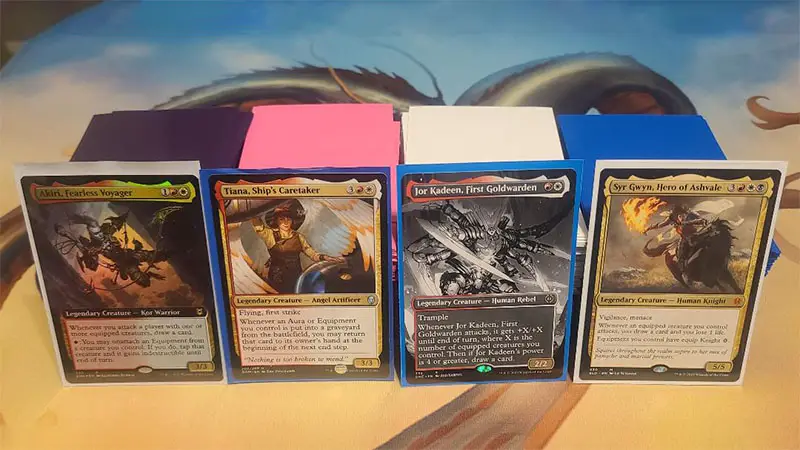
The next Boros equipment deck will have a different theme than any of the other ones, or will play with a different tribe possibly and will have different outcomes. One subtheme might be protection from every colour possible to make sure combat damage connects; while another might be about getting in as many attack phases as possible, while another might be a “go wide” strategy and another could be a Voltron with one attacker/one blocker only.
Of course, each deck will have a lot of overlap when it comes to the mana base and support cards, but I am alright with that, for the most part. There are so many cards out there, that sometimes I do not build with the best cards just so I can have options; variety is the spice of life. Sometimes I’ll choose smoked paprika for my deviled eggs over the regular kind, or deli mustard for my hotdog over the yellow plain kind. Mix it up; life’s too short to be consistent!
That is how it has been since 2022. I have even slowed down to about two to three decks a month if I have something big going that month (such as MagicCon Las Vegas), with only two decks planned for Sept 2023: Hylda of the Icy Crown and Eriette of the Charmed Apple… and maybe, just maybe Yenna, Redtooth Regent.
I already know I’ll be working on a Talion, the Kindly-Lord build that tries to create at least two additional non-legendary versions of Talion (making a total of three Talions in play) and a Beluna Grandsquall adventure build in October. Let me know which of those you would like to see a deck tech on.
Building a Commander Deck Around a Keyword or Mechanic
When a new set comes out there are set specific keywords and mechanics. This gives me two sets of options. The first option is to build around that keyword/mechanic in the purest form. For example, with the recent Lord of the Rings: Tales of Middle Earth, there is a strong emphasis in one of the Commander preconstructed decks on the Monarch mechanic. I can find the best colors that play into the Monarch mechanic and research creatures from past sets that rock n’ roll with it, such as Jared Carthalion, True Heir or Queen Marchesa, that might mesh well with the Lord of the Rings cards.
If I was going with the other option, to take a keyword or a mechanic, get creative and toss the straight-forward build out the window, I might take the Monarch mechanic and turn the positive of card drawing that players like and turn it into a negative, where no one wants the Monarch and no one wants to get the extra card draw. I can turn the Monarch into a game of Hot Potato by goading creatures and forcing my opponents to attack each other, while other cards can cause damage or give me benefits from my opponents drawing cards.
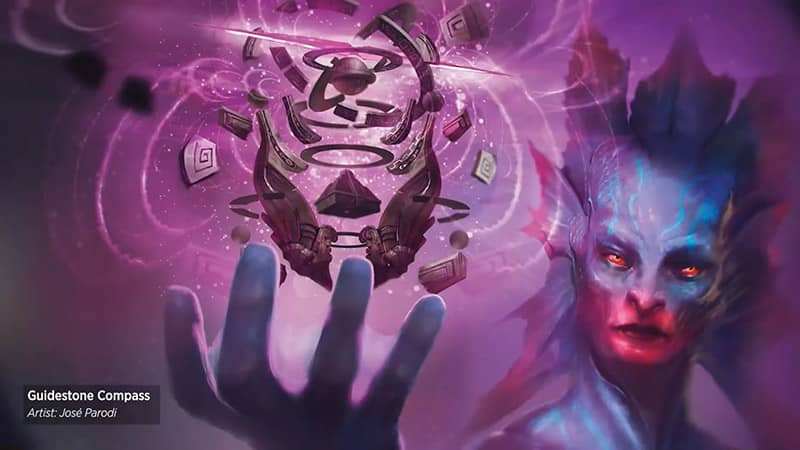
That is just one example of how I keep things fresh with my decks. I play with the negative space. That is one trick that others can do to keep things fresh and unique; take a typical, classic deck design and turn it on its head. This is also found in abstract art. Turn the painting sideways or upside down: now it’s a new painting.
I only find myself getting creative with a deck and using negative space deck design when I’ve been painted into a corner, such as when all the keywords and mechanics I want to play with have been exhausted. Or when all of the tribes have been explored and been tried out in various color combinations. When it’s a month before the next set is released, I will really get creative by using negative design and other techniques.
With Universes Beyond and tighter set design (in which more attention is being given to the Commander format), niche Commanders that adhere to the set are released with very specific keywords and mechanics (as seen in Hylda of the Icy Crown with the play style of tapping creatures, or Monarch in Tales of Middle Earth). I can see myself building very niche Commander decks, some with sub themes that separate themselves from my previous builds.
End Step: What’s Next? Hitting 400 Commander Decks
When throwing a dart, I aim for the bullseye. I rarely get right in the center; I cannot predict the trajectory of a dart that well. I cannot lick my thumb, hold it outstretched to feel the light breeze, commune with nature or read the bones to see the future. All I can do is aim as best I can, squint one eye, let the tongue hang out and concentrate as let it sail out of my hand and pray I don’t hit a bystander.
My long-term goal as a Commander deck builder is to get to 400 Commander decks. When I finally get to have my own game room, I want to build a wooden 20×20 grid, fully lacquered, with one through twenty in each wooden cubicle, at the bottom, in each direction.
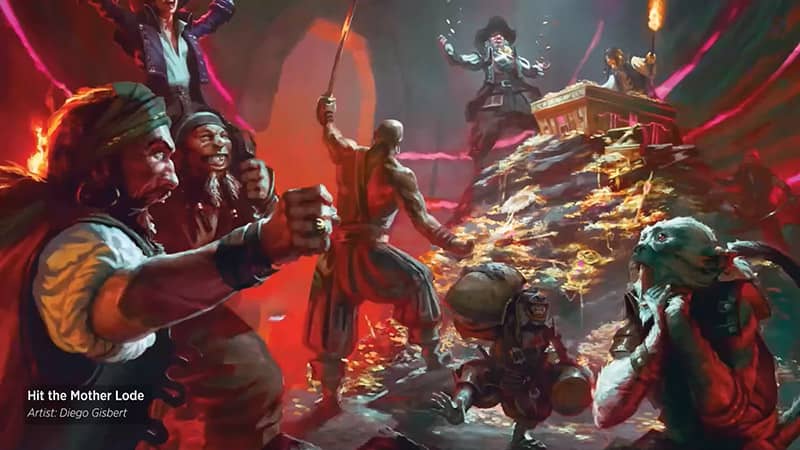
I will have just one really nice box for my Commander decks that can hold five or six decks. Each week or two, I will roll two d20’s, five or six times. Each die rolled would represent the vertical random number and the horizontal number. When the deck has been chosen, it’ll be stricken from the record (maybe have a large 20×20 wall chart with a Sharpie on a chain where I can X out the chosen ones.
There’s more to the bookkeeping; I’ll deal with the math when I get to that bridge. When I do cross it, I’ll write about my options and my design ideas.
What comes after 400? I haven’t planned that far in advance. It will have to be kooky, fun, quirky, different. Maybe a ring toss game, or Whack-a-mole… or leave it to a game of chaos. I don’t know. If you have any ideas, come find me in Discord or email me.

